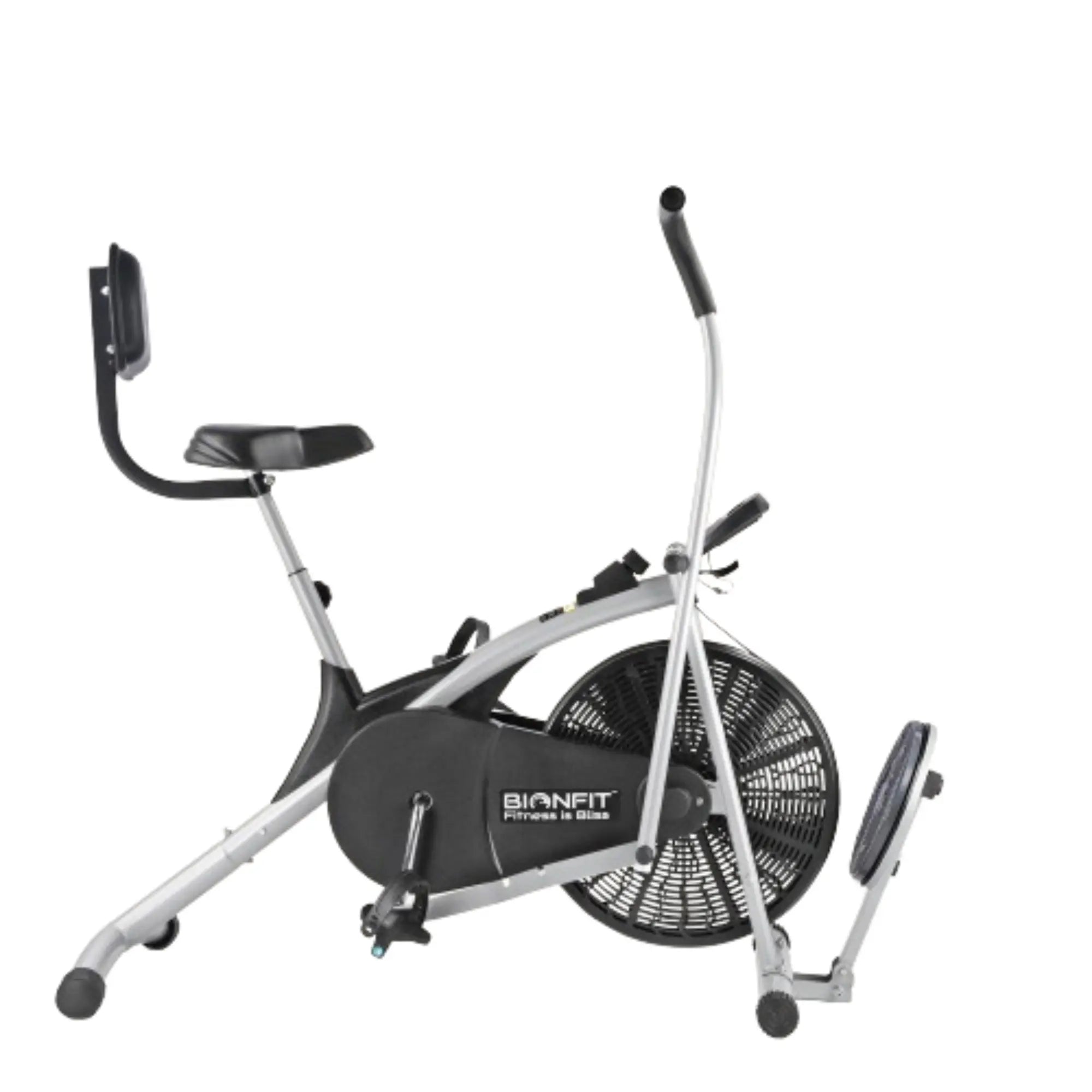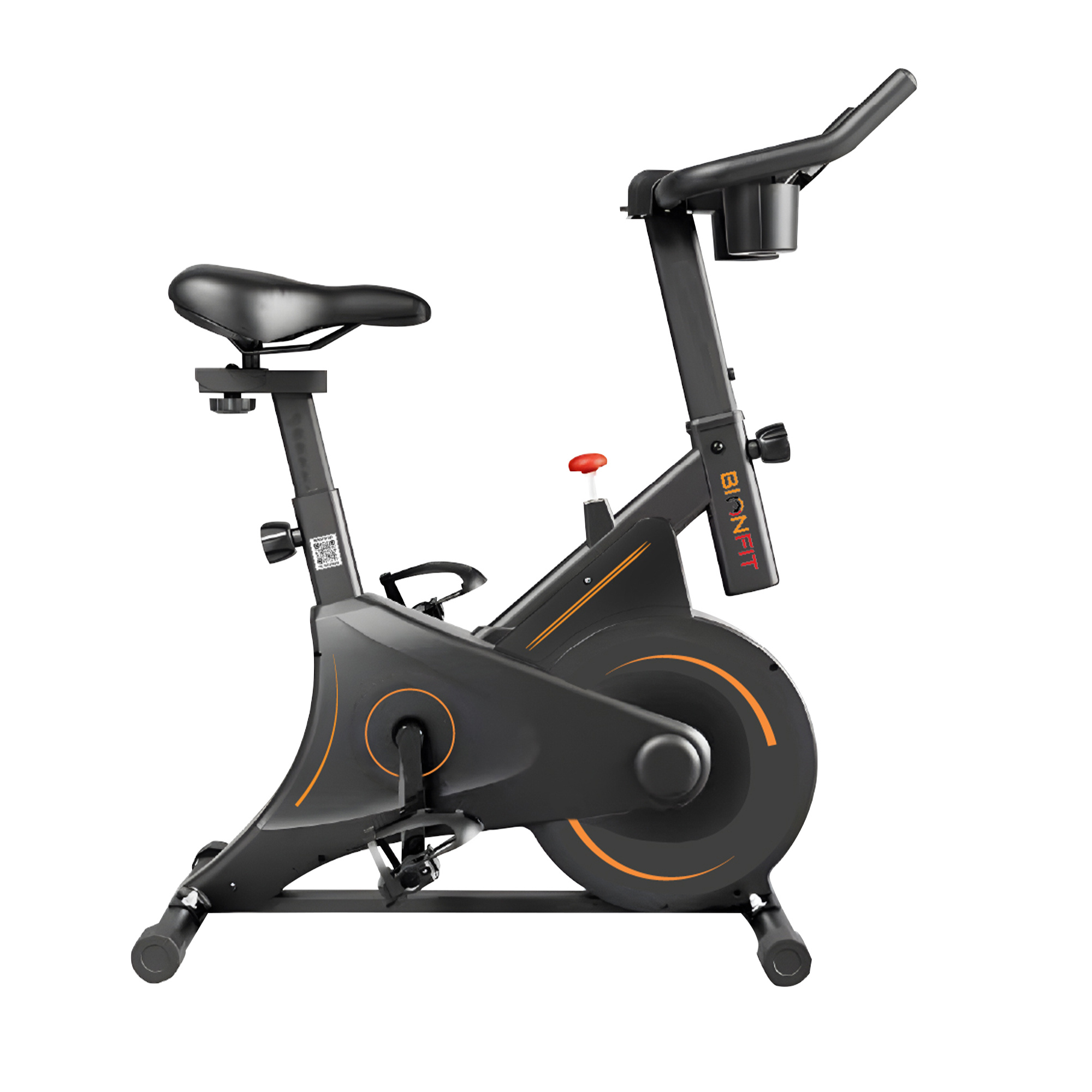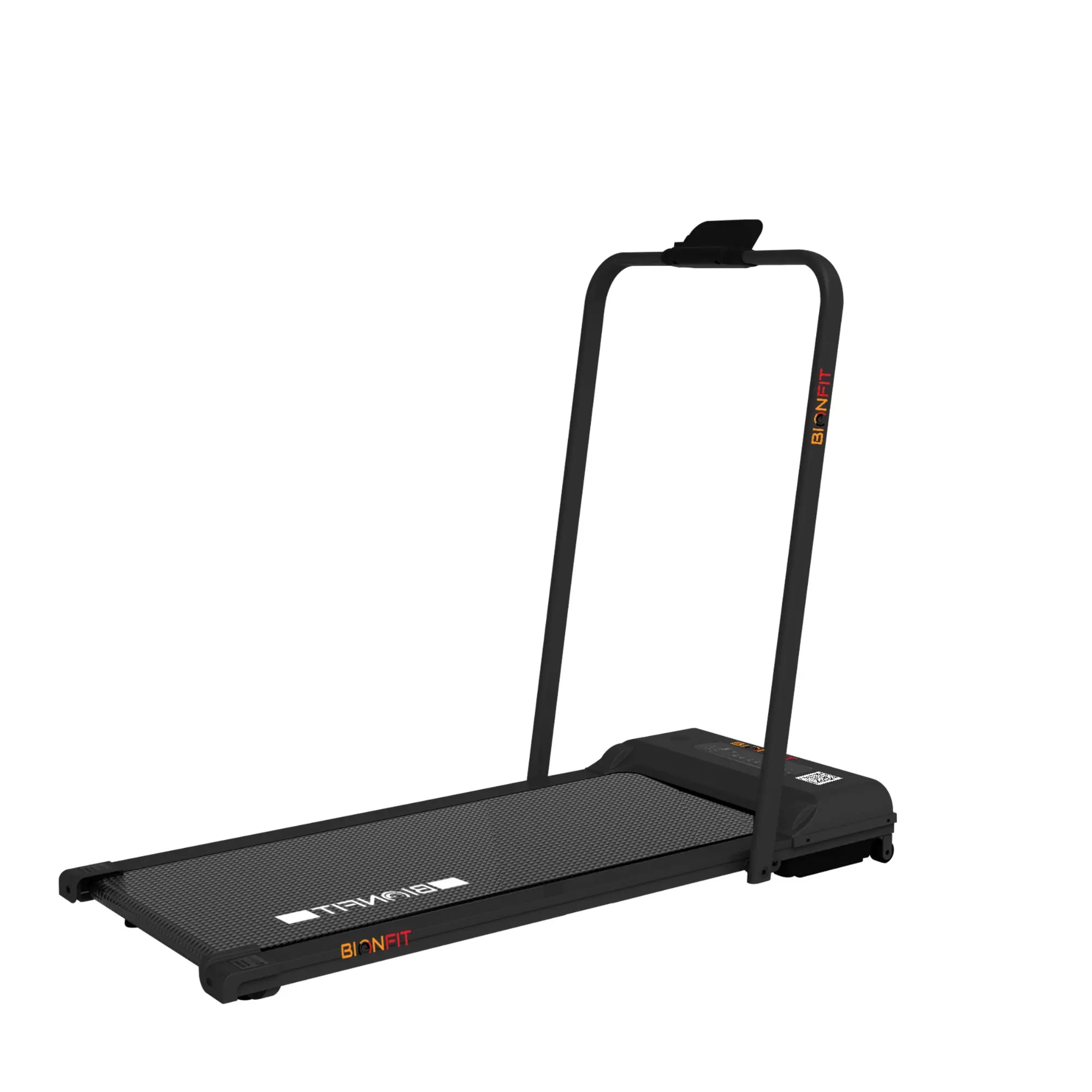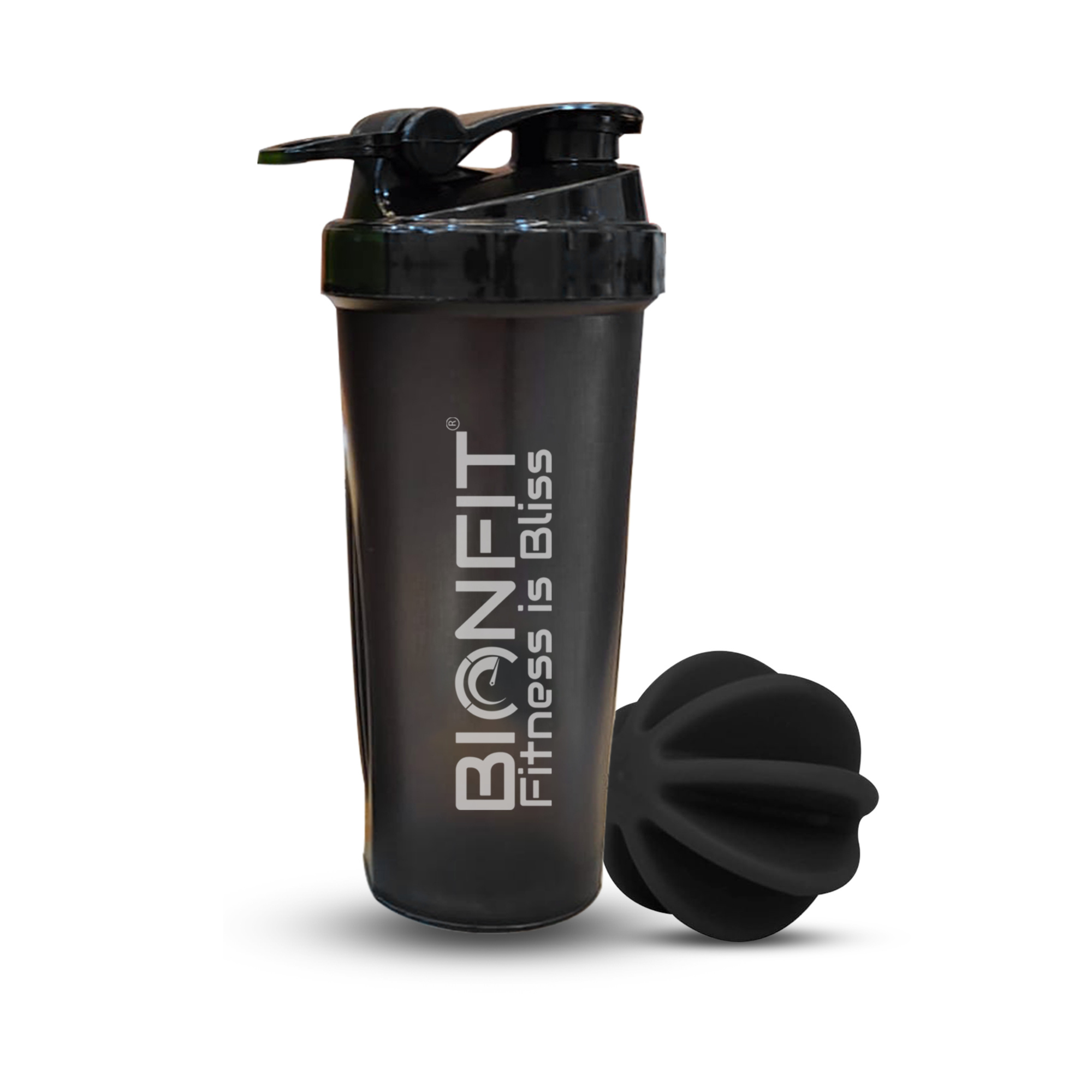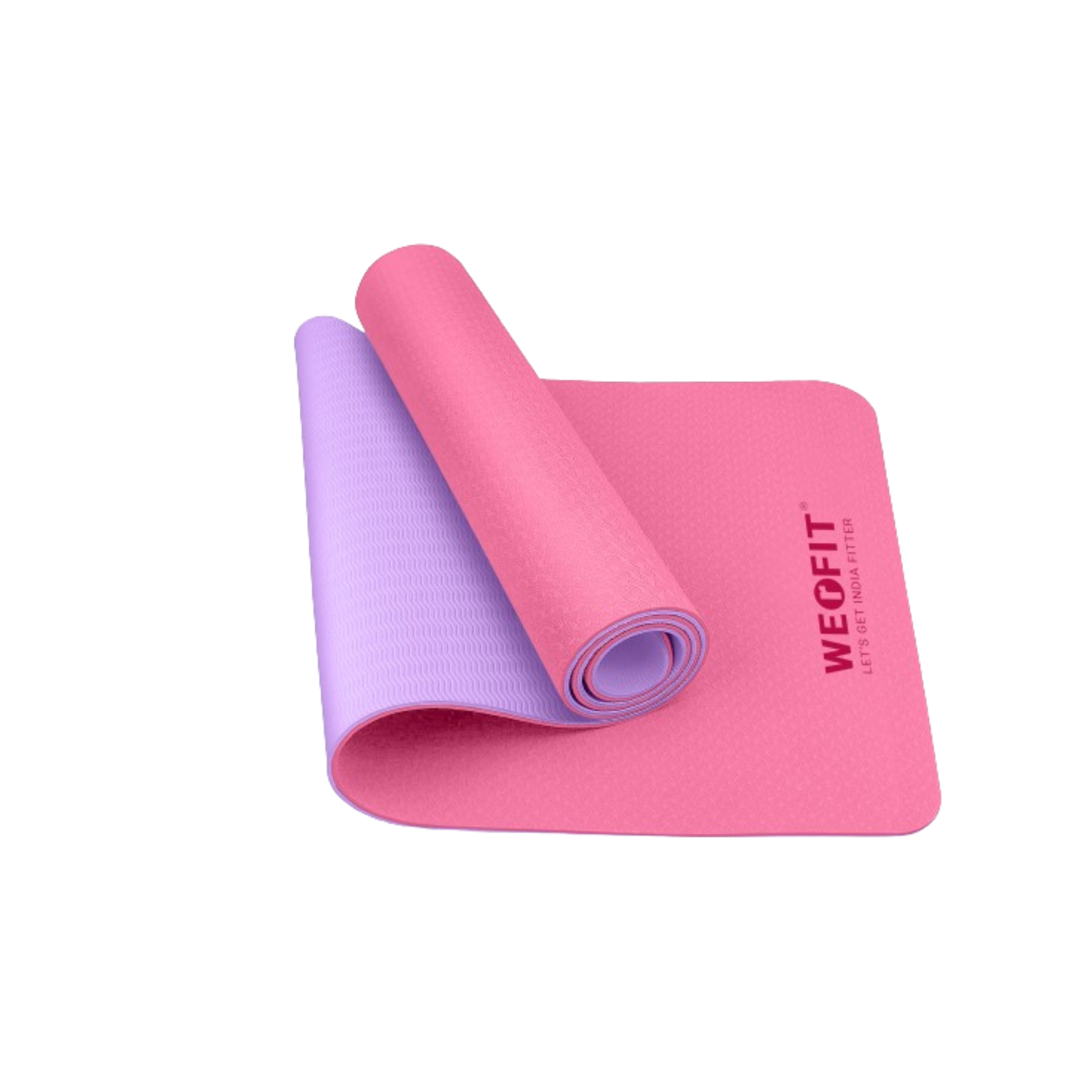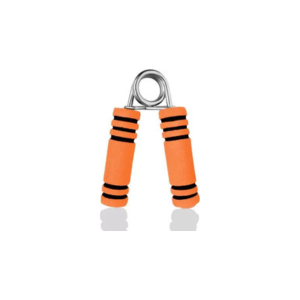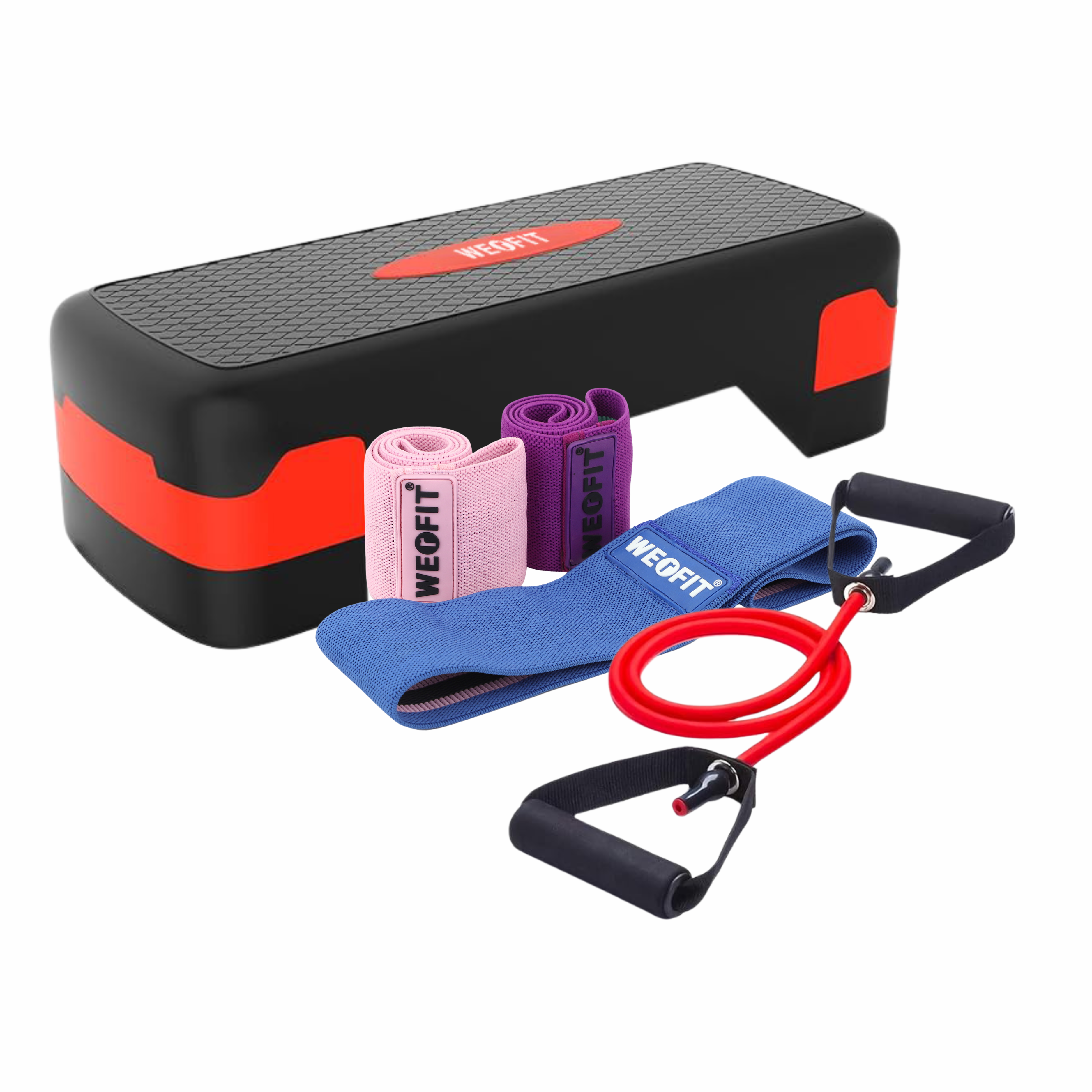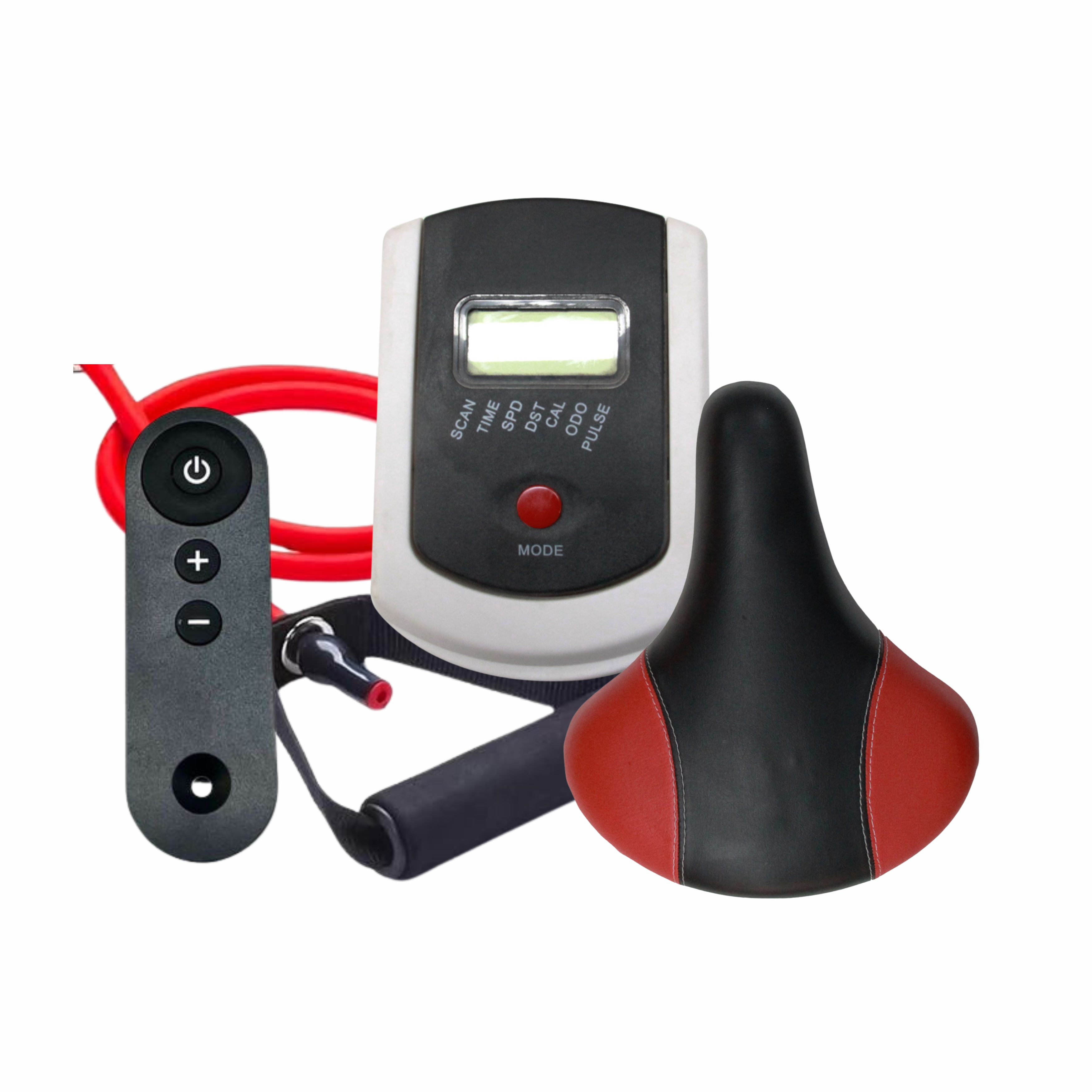The Science Behind Air Bike Workouts: How It Boosts Endurance and Strength
Air bikes, also known as fan bikes, have gained popularity in recent years as a go-to exercise tool for building both endurance and strength. Their unique design, which uses a large fan to generate resistance, ensures a full-body workout that adapts to the user's intensity level. This makes the air bike an excellent choice for those looking to improve cardiovascular fitness and muscle strength. In this post, we’ll dive into the science behind air bike workouts, explaining how they can boost endurance and strength while offering a versatile training option.
What Makes Air Bike Workouts Different?
Unlike traditional stationary bikes, air bikes are equipped with both handles and pedals, making it a dual-action workout. This means that you engage both your upper and lower body simultaneously. The harder you push and pedal, the more resistance the fan creates, which directly correlates to the effort you put in.
Here’s why air bike workouts stand out:
- Adaptive Resistance: The resistance on an air bike increases as you exert more force, allowing for a more dynamic workout experience.
- Full-Body Engagement: In addition to working out the legs, the arms, shoulders, and core muscles are fully engaged, providing a balanced, whole-body workout.
- Interval Training Friendly: The air bike is ideal for high-intensity interval training (HIIT), which alternates between short bursts of intense activity and lower-intensity recovery periods, effectively improving endurance and fat loss.
How Air Bike Workouts Improve Endurance
The air bike is highly effective for improving cardiovascular endurance. By continuously pushing against fan-generated resistance, users are forced to work harder to maintain momentum. Over time, this increases the heart and lung capacity, building aerobic endurance.
Key benefits include:
- Increased Cardiovascular Fitness: Consistent air bike sessions lead to better oxygen uptake, which improves stamina during other physical activities.
- Improved Lung Capacity: Air bike workouts challenge your respiratory system, helping your lungs become more efficient at oxygen exchange.
- Sustained Energy Output: By keeping the intensity high during workouts, your body becomes more accustomed to performing at elevated heart rates, enhancing overall endurance.
How Air Bike Workouts Build Strength
Although the air bike is primarily known for its cardiovascular benefits, it also has significant strength-building potential. Here’s how:
- Leg Power: The repetitive pedaling motion against fan resistance develops quadriceps, hamstrings, and calves, improving lower body strength.
- Upper Body Engagement: The push-and-pull motion of the handlebars engages your biceps, triceps, shoulders, and back muscles. This offers a unique way to build upper body strength while cycling.
- Core Stability: Maintaining posture while working the pedals and handles forces your core muscles to stabilize your movements, promoting stronger abdominal and lower back muscles.
Best Air Bike Workouts for Endurance and Strength
To maximize the benefits of air bike workouts, here are a few structured workouts to try:
-
HIIT (High-Intensity Interval Training):
- Warm-up for 5 minutes at a moderate pace.
- Sprint for 20 seconds at maximum intensity.
- Recover by pedaling slowly for 40 seconds.
- Repeat for 15-20 minutes.
-
Steady-State Endurance Ride:
- Pedal at a steady, moderate pace for 30-45 minutes.
- Focus on maintaining a consistent effort to improve cardiovascular endurance.
-
Tabata Training:
- Pedal all out for 20 seconds.
- Rest for 10 seconds.
- Repeat for 8 rounds (4 minutes total).
-
Upper Body Strength Focus:
- Use only the handlebars for 30 seconds while keeping your legs stationary.
- Rest for 30 seconds and repeat for 10 rounds. This builds upper body strength and endurance.
FAQs about Air Bike Workouts
1. Are air bike workouts suitable for beginners?
Yes, air bikes are suitable for all fitness levels. Beginners can start with lower intensity and gradually increase the resistance as their fitness improves.
2. How often should I use the air bike for optimal results?
For best results, aim for 3-5 sessions per week, mixing both high-intensity intervals and longer steady-state sessions.
3. Can air bikes help with weight loss?
Absolutely! The combination of high-intensity cardio and strength training makes air bikes a great tool for burning calories and shedding fat, especially when incorporated into a regular exercise routine.
4. How does the air bike compare to a treadmill or traditional stationary bike?
Air bikes offer a more comprehensive workout by engaging both the upper and lower body. Treadmills focus primarily on the lower body, while stationary bikes don't usually incorporate arm movements.
5. Do air bikes require any special maintenance?
Air bikes generally require minimal maintenance. Keeping the fan and chain clean, ensuring proper lubrication, and checking for any loose parts are basic steps to keep the bike in optimal condition.
Final Thoughts
Air bike workouts are an excellent choice for anyone looking to improve both endurance and strength. The unique resistance system, coupled with full-body engagement, provides a versatile and effective training option. Whether you’re just starting your fitness journey or you're an experienced athlete, the air bike can help you reach your goals. With consistency and dedication, you can experience significant improvements in cardiovascular fitness, muscular strength, and overall endurance.
Follow us for more updates.

